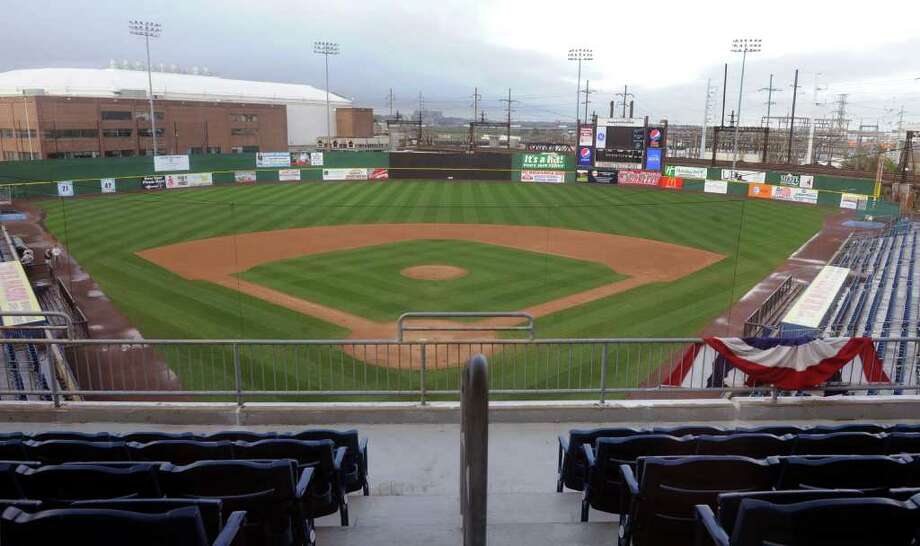

Early years īridgeport's early years were marked by residents' reliance on fishing and farming, similar to the society of the Native American Paugassett. Bridgeport was chartered as a city in 1836. In 1800, Newfield village was chartered as the borough of Bridgeport, and in 1821 the township of Bridgeport, including more of Stratfield, was incorporated. During the American Revolution, Bridgeport and its harbor were a center of privateering. More people settled further inland and to the West and the area officially became known as Stratfield in 1701, likely due to its location between the already existing towns of Stratford and Fairfield. The village was renamed Newfield sometime before 1777. One of their sacred sites was Golden Hill, the center of springs and planting fields, now within downtown Bridgeport. The first English settlement on the west bank of the mouth of the Pequonnock River was made somewhere between 16 and was called Pequonnock, after the name of the Native American people, a sub-tribe of the Paugussett, who had historically occupied this area. Main article: History of Bridgeport, Connecticut
BRIDGEPORT BLUEFISH STADIUM SERIES
8.1.2 Music festivals and concert series.1.3 Industrialization and labor history.The Frisbie Pie Company was located here, and Bridgeport is credited as the birthplace of the Frisbee. The first Subway restaurant opened in the North End section of the city in 1965.

Barnum built three houses there, and housed his circus in town during winters. Barnum, was a famous resident of the city. The circus-promoter and former mayor, P.T. In the 21st century, conversion of office buildings to residential, and other redevelopment is attracting new residents. Industrial restructuring and suburbanization caused the loss of many jobs and affluent residents, leaving Bridgeport struggling with problems of poverty. Industry stayed strong until after World War II. In the mid-19th century, the village rapidly industrialized, attracting immigrants to the growing number of factory jobs. The settlement became a center of trade, shipbuilding, and whaling.

Most of Bridgeport was originally a part of the township of Stratford.Įnglish colonists began settling along the Pequonnock River after 1639, quickly buying land from the Paugussett tribe or otherwise divesting them of it. Bridgeport is the center of the 48th-largest urban area in the United States, just behind Hartford (47th).

It is the fifth-largest city in New England (behind Boston, Worcester, Providence and Springfield). The city is part of the Greater New York City Combined Statistical Area. It borders Fairfield and the Ash Creek tidal estuary on the west, the West Side/West End of Bridgeport on the north and east, and Black Rock Harbor and Long Island Sound on the south. It was part of the Town of Fairfield before the State of Connecticut granted the land to Bridgeport. Located in Fairfield County on the Pequonnock River and Long Island Sound, the city had an estimated population of 144,229 at the 2010 United States Census and is the core of the Greater Bridgeport area.īlack Rock is a neighborhood in the southwestern section of the city of Bridgeport, Connecticut.


 0 kommentar(er)
0 kommentar(er)
